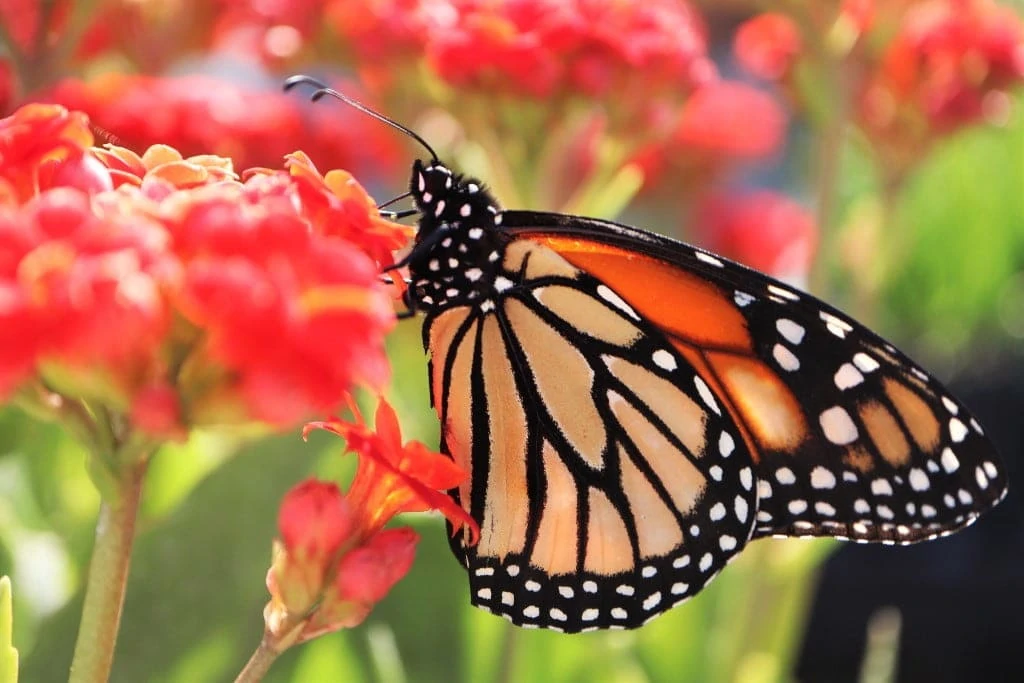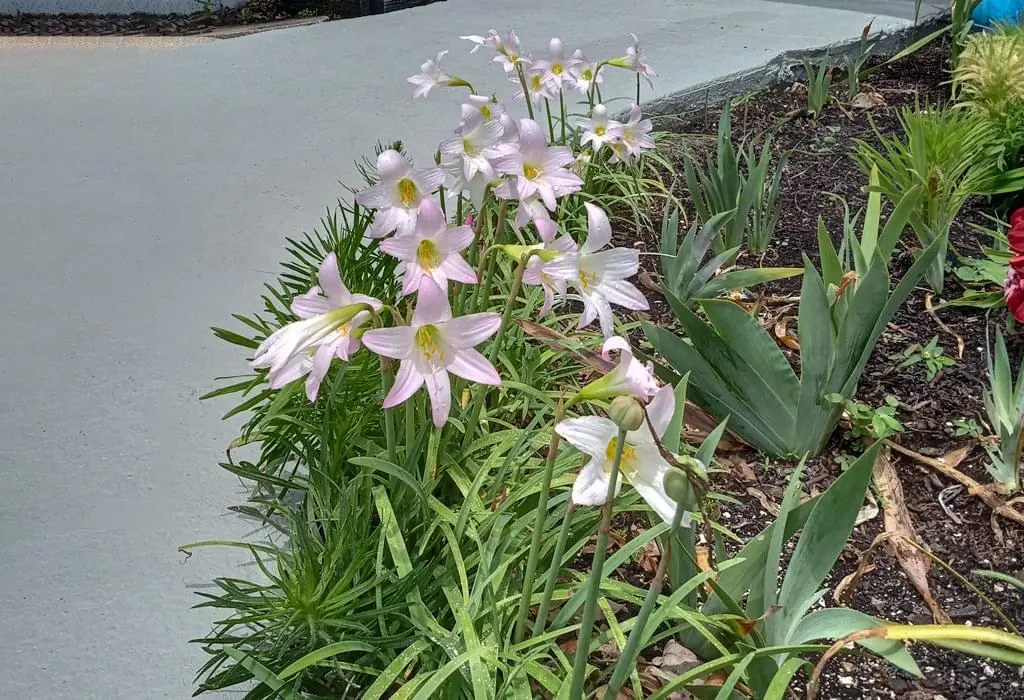by Amanda Rose Newton
We are thrilled to introduce a new feature on our blog that celebrates the beauty and history of birth flowers.
Each month, we’ll explore a different birth flower, its significance, and suggest a few Florida-friendly equivalents that are complete with care tips. This journey will not only add color to your garden but also bring the rich tapestry of floral history to life.
January’s Birth Flower: The Carnation and the Snowdrop
For January, the spotlight is on two delightful flowers: the Carnation and the Snowdrop. Let’s embark on a journey through their history and explore some Florida-friendly alternatives.
The Carnation
Historically, carnations (Dianthus caryophyllus) have roots in ancient Greek and Roman times, often featured in art and décor.

In the language of flowers, a tradition popularized in the Victorian era, carnations symbolize love, fascination, and distinction. Their long-lasting blooms and array of colors make them a favorite in bouquets and arrangements.
Florida-Friendly Alternatives
African Iris (Dietes vegeta): This hardy perennial offers beautiful, delicate flowers and is incredibly low-maintenance, thriving in full sun to partial shade.
Pentas (Pentas lanceolata): Known for attracting butterflies, Pentas are a colorful addition to any garden, preferring well-drained soil and full sun.

Beach Sunflower (Helianthus debilis): A resilient native that thrives in sandy soil, full sun, and can tolerate salt spray, making it perfect for coastal areas.
The Snowdrop
Snowdrops (Galanthus nivalis) signify hope and the coming of spring. These dainty white flowers are among the first to emerge in late winter, even through snow.
Florida-Friendly Alternatives:
Rain Lily (Zephyranthes): Blooming after rain showers, these are perfect for Florida’s climate. They require full sun and well-drained soil.

Spider Lily (Hymenocallis): With unique, spider-like flowers, these lilies thrive in full sun to partial shade and prefer moist, well-drained soil.
Swamp Milkweed (Asclepias incarnata): Ideal for wet areas, this native attracts monarch butterflies and thrives in full sun with moist soil.
The History of Birth Flowers
The concept of birth flowers is believed to have roots in ancient Roman culture, where specific flowers were gifted to celebrate birthdays and other significant events.

This tradition was further popularized in Victorian England, where flowers were used as symbols to convey emotions and messages.
For more on the language of flowers, check out our blog post that shares the meanings behind your favorite plants.
Stay Tuned for More!
Join us each month as we explore the fascinating world of birth flowers and their Florida-friendly equivalents. Whether you are a gardening enthusiast or simply love the charm of flowers, this series is sure to add a splash of color and history to your year.


